National EMS Memorial Service Needs Your Support!
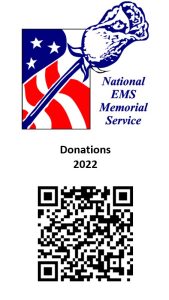 Media inquiries and interview requests, contact:
Media inquiries and interview requests, contact:
Tammy Chatman, Public Information Officer
414-791-6655
tchatman@nemems@gmail.com
FOR IMMEDIATE RELEASE
National EMS Weekend of Honor Pays Tribute to Fallen EMS Heroes
Special events open to the public and media include:
National EMS Memorial Service & National EMS Memorial Bike Ride
Washington, D.C. (July 8) – The National EMS Memorial Service and the National EMS Memorial
Bike Ride will pay tribute to our fallen EMS and air medical providers from throughout the
United States during the 2022 National EMS Weekend of Honor, scheduled July 22-24 at the
Hyatt Regency Crystal City at Reagan National Airport, 2799 Jefferson Davis Highway in
Arlington, Va. This year there will be 72 honorees recognized from 26 states. The 2022 list of
honorees can be found via the following link: 2022 NEMSMS Honorees
In addition to this marquee weekend, a multi-state procession of this year’s temporary National
EMS Memorial, known as the Tree of Life, occurs beforehand. The procession of this year’s
installment commences in Dallas, TX on July 11, making various stops over 10 days as it
progresses to Arlington, VA. Additional information about that experience dubbed “Moving
Honors,” including a route map, planned stops and viewing opportunities will be posted at
www.national-ems-memorial.org. It is expected that the Moving Honors will be met by the
National EMS Memorial Bike’s special Ride of Honor riders just outside of Arlington, VA.
Together they will parade into the Hyatt to launch the EMS Weekend of Honor and unveil the
EMS Tree of Life memorial to the honoree families on Friday July 22.
There are many activities and events during the three-days including two events that the public
and media are invited and encouraged to attend. Joining the Weekend of Honor will be various
therapy and comfort dogs onsite to support families and attendees as well as specially trained
grief support groups.
FRIDAY, July 22, 2022
Arrival & Ceremony of the National EMS Memorial Ride of Honor
• The National EMS Memorial Bike Ride celebrates the lives of those who have made the
ultimate sacrifice as well as those EMS legacy personnel who have died of natural or non-
employment-related causes. This year the organization is once again hosting a special
one-day ride to recognize the 72 line-of-duty-death honorees for the Service.
• A procession of more bike riders, support personnel, and EMS vehicles, leading the
special Moving Honors ambulance carrying the EMS Tree of Life, will arrive at the Hyatt
Regency Crystal City at approximately 4:00 p.m. (EDT), kicking off the 2022 Weekend of
Honor.
• Riders are predominantly EMS professionals from across the U.S. Each of the riders wear
dog tags bearing an honoree’s name, agency and date of their loss.
Upon arrival at the Hyatt Regency Crystal City, a ceremony will unveil the 2022 EMS Tree of
Life, followed by reading of the honoree names and presentation of dog tags to the families.
Each rider will meet the family in front of the honoree’s biography to present one of their two
dog tags worn during the ride – an emotionally powerful part of the Weekend of Honor. The
rider will keep the other dog tag as a lifetime reminder of the honoree’s sacrifice.
SATURDAY, July 23, 2022
National EMS Memorial Service
• The National EMS Memorial Service, a formal ceremony to honor fallen EMS
professionals who have died in the line of duty, will be held at the Hyatt Regency
Crystal City.
• The entire memorial service can be viewed via live streaming. Will add link
• Hundreds of EMS personnel from across the country will travel to the Washington,
D.C. area to participate in the service, along with families, friends, co-workers of
current and past honorees, dignitaries, EMS and business leaders, and government
officials.
• All participants in the service will be in dress uniform, flight suits, or similar
appropriate attire.
• Honor Guards, along with bagpipe and drum corps will volunteer their time and
services throughout the weekend.
• An American flag, flown over the nation’s capitol, will be presented to each
honoree’s family along with the National EMS Memorial Service medallion.
• During the service, a National Moment of Silence will be called at 6:00 p.m. (EDT),
so that EMS agencies across the U.S. can pause simultaneously for several seconds
of radio silence to pay respect and remember the fallen—together.
• The year’s honorees are highlighted in pictures during the ceremony and a special
video collage of the Moving Honors is played, followed by an uplifting Candlelight
Ceremony that concludes the service.
• The National EMS Memorial “Tree of Life” will be on display. Individual bronze oak
leaves are engraved with the name of the fallen honorees. The Tree of Life is a
temporary memorial until a permanent memorial is established.
Jana Williams, president of the National EMS Memorial Service shared her thoughts on the
upcoming events, “The past few years have been especially challenging for EMS providers, but
it has also underscored our collective resolve. We continue to salute the dedication of all EMS
first responders. We are especially honored to pause and commemorate 72 EMS personnel
who have made the ultimate sacrifice in service to others and to support the loved ones they
left behind. As we prepare for this year’s National EMS Memorial Service and Weekend of
Honor, we remain steadfast in our commitment to ‘Always Remember’.”
About National EMS Memorial Bike Ride
The mission is to honor EMS personnel by organizing and implementing long distance cycling
events that memorialize and celebrate the lives of those who serve every day, those who have
become sick or injured while performing their duties, and those who have died in the line of
duty. Vist us at www.NEMSMBR.org.
About National EMS Memorial Service
The organization’s mission is to honor those in EMS from air and ground who have made the
ultimate sacrifice having died in the line of duty and it is the organization congressionally
sanctioned to conduct the annual service. Visit us at www.national-ems-memorial.org.
# # #
Editor’s Note: High-res images can be downloaded from Dropbox at:
Image #1:
https://www.dropbox.com/s/gt15yyil8jw1quj/NEMSMBR%20Arrival%20of%20the%20riders_11.JPG?dl=0
Image #2:
https://www.dropbox.com/s/zt06xpizgjoc7xa/NEMSMS%20_42.JPG?dl=0















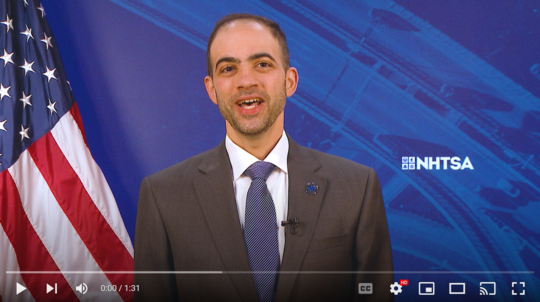

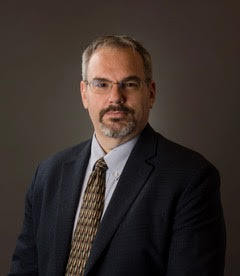
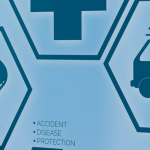


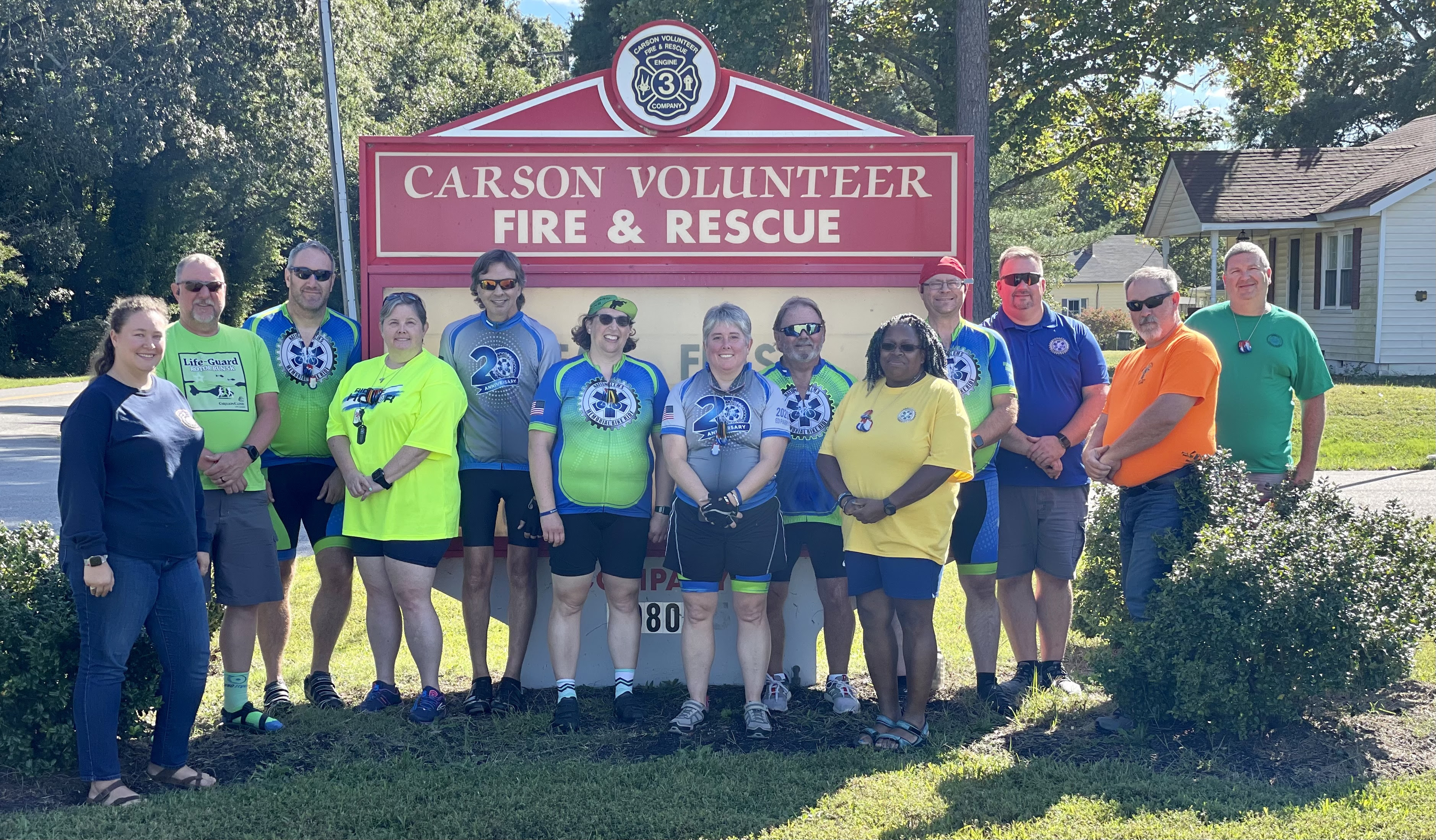
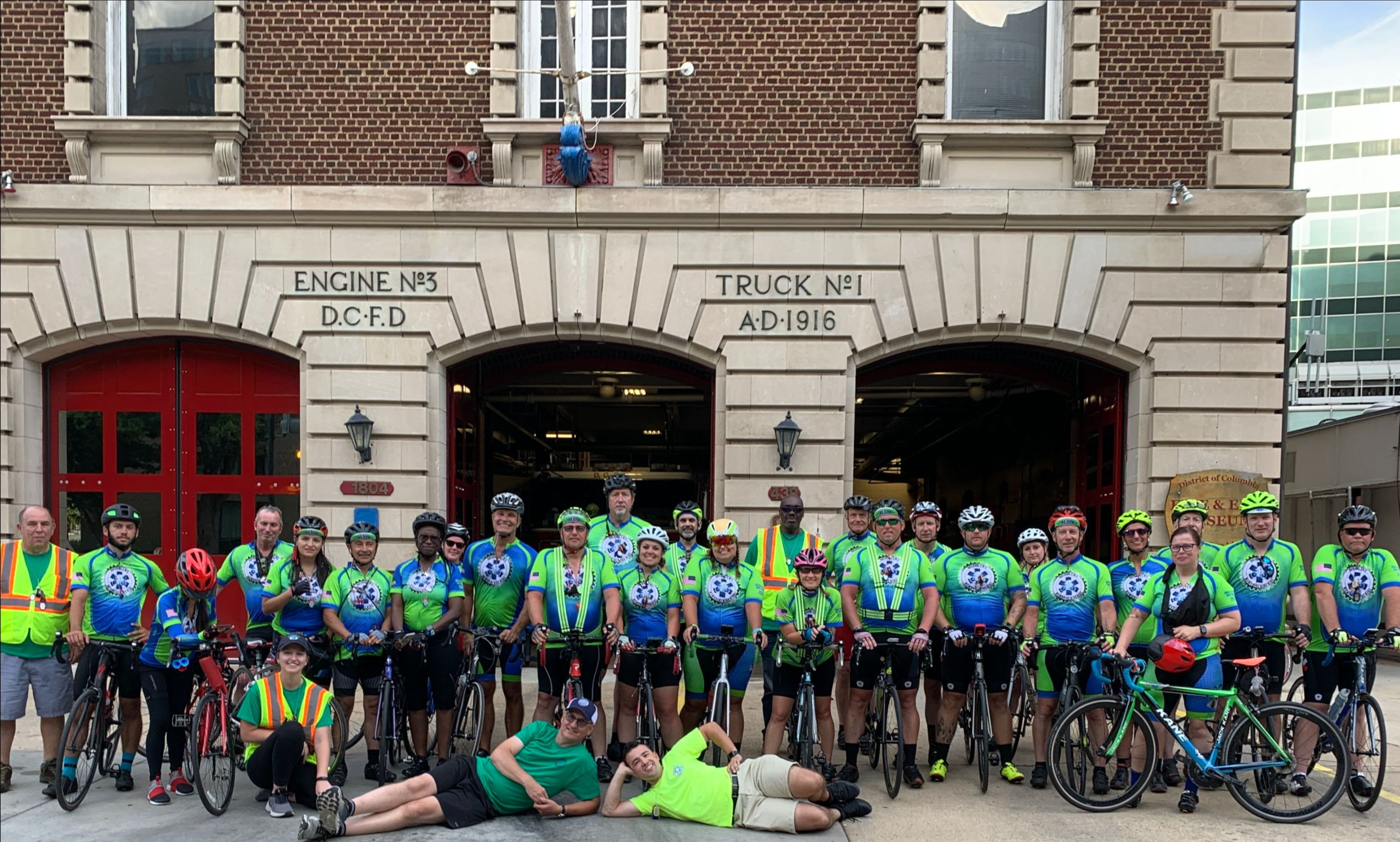
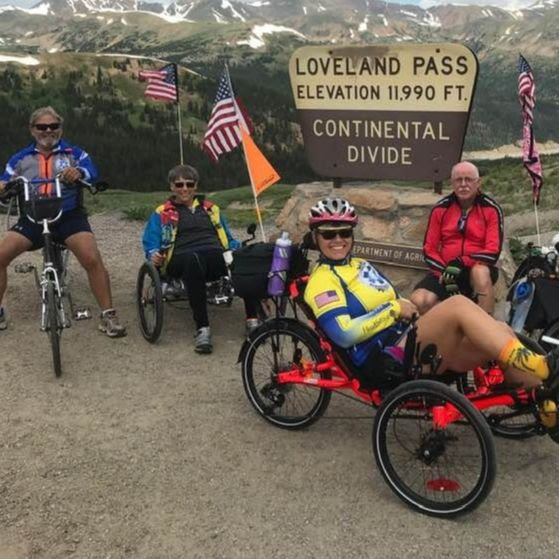
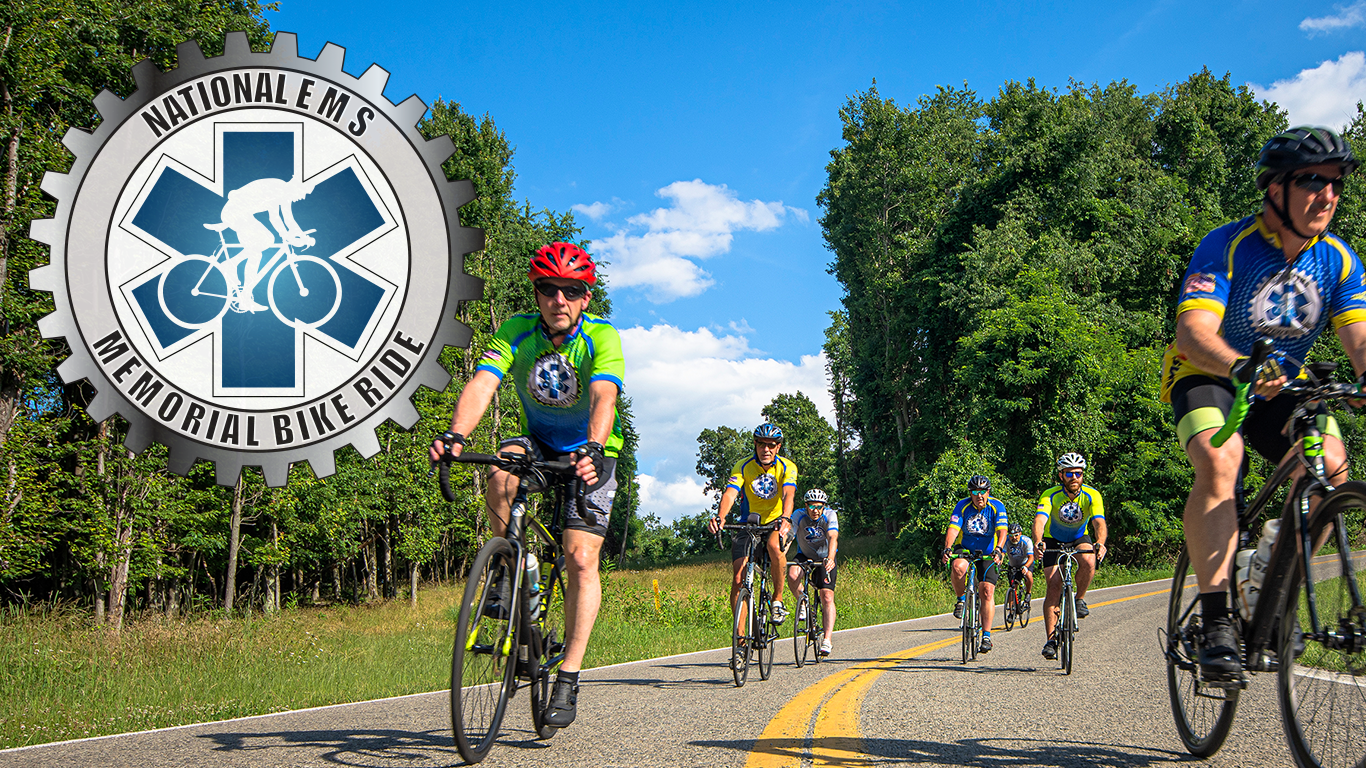



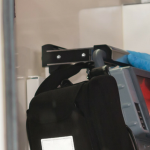

_2106244.jpg)



